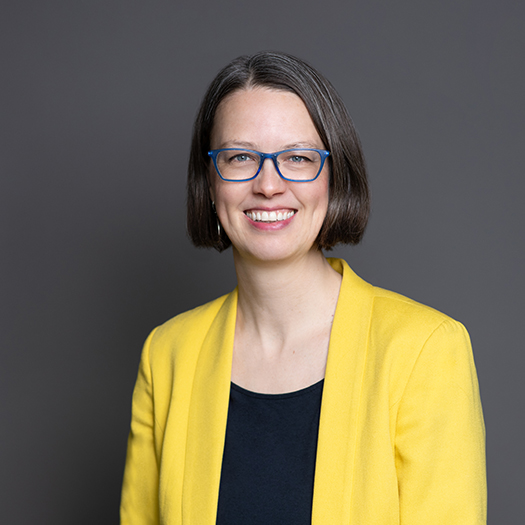The Circular Economy and Employment
The Circular Economy and Employment
First, the project summarized the main definition concepts of a circular economy and clarified the relationship to related concepts such as green growth and eco-innovation. Second, the project estimated the employment effects of a circular economy.The Circular Economy mainly focuses on savings on the shares of material, labour, energy, and capital embedded in the product. In finite systems it is intended to “design out waste”. An important difference is made between consumables (one or few time usage) and durables (years of usage) products. Material savings can be achieved by already established recycling and remanufacturing activities finally aiming at a “zero waste economy”. More recently, the contribution of green ICT leading to less material inputs (“digital revolution”, e.g. photos are no longer printed but distributed by e-mail or social media), a general greater importance of services, the evolution of the sharing economy (e. g. car sharing) or a higher utilisation rate for products for the circular economy are discussed. Detailed concepts of green growth from OECD, UNEP, EEA and the Global Green Growth Institute was considered. Green growth means fostering economic growth and development while ensuring that natural assets continue to provide the resources and environmental services on which our well-being relies. Investment and (eco-) innovation activities shall give rise to new, more sustainable sources of growth and development. Moving towards a circular economy may be understood as a tool to achieve a green economy, a circular economy is one of the main elements helping to achieve the greening of an economy.

